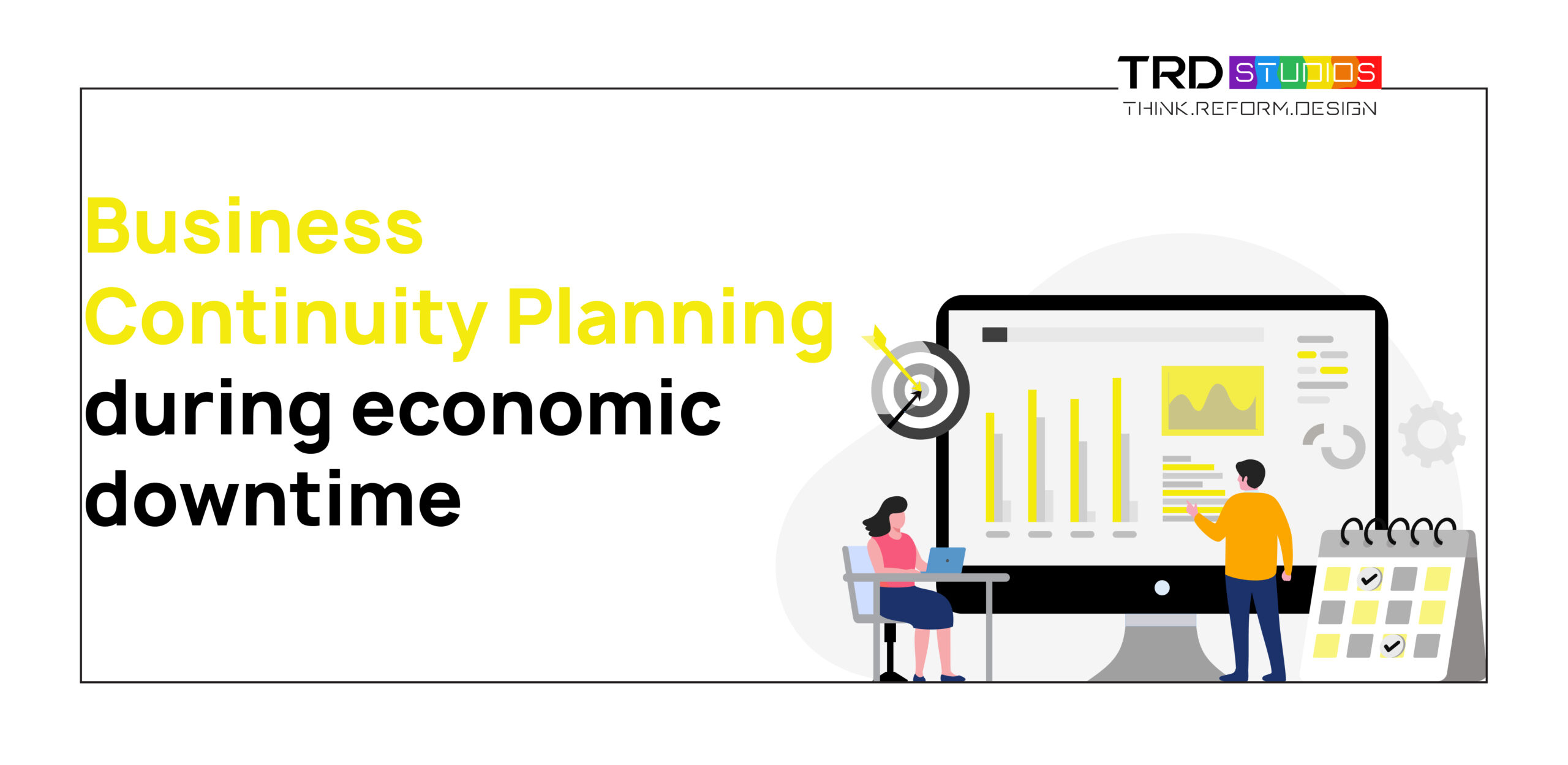Economic downturns are an inevitable part of the business cycle, and they can present significant challenges for organizations across industries. During these periods of uncertainty, having a robust business continuity plan becomes paramount.
A well-prepared and flexible plan enables businesses to navigate the storm and emerge stronger on the other side.
In this blog, we will explore the importance of business continuity planning during economic downturns and provide insights on developing an effective strategy.
Surviving Economic Downturns
- Assessing Vulnerabilities:
The first step in business continuity planning during an economic downturn is to conduct a comprehensive assessment of your organization’s vulnerabilities.
This involves identifying key risk areas, such as declining market demand, reduced consumer spending, supply chain disruptions, or financial instability. Understanding these vulnerabilities helps in formulating targeted strategies to mitigate their impact on your business operations.
- Scenario Planning:
Scenario planning plays a vital role in business continuity during economic downturns. By creating multiple scenarios based on different levels of economic decline, businesses can anticipate and prepare for potential challenges.
This approach allows organizations to consider various contingencies and develop response plans tailored to each scenario. It also facilitates informed decision-making in times of uncertainty.
Check our recent blog here Managing Project Risk using Feasibility Study
- Cash Flow Management:
Managing cash flow becomes crucial during economic downturns. Businesses must closely monitor their inflows and outflows to ensure they have adequate liquidity to sustain operations.
A business continuity plan should include strategies for optimizing cash flow, such as exploring cost reduction measures, renegotiating contracts, diversifying revenue streams, or securing additional funding sources. Effective cash flow management provides the financial stability necessary to weather the storm.
- Customer Retention and Adaptation:
Retaining existing customers becomes paramount during economic downturns. Businesses should focus on maintaining strong customer relationships by providing exceptional value, personalized experiences, and responsive customer service.
Moreover, a business continuity plan should incorporate strategies to adapt products or services to meet changing customer needs and preferences. This adaptability enhances customer loyalty and helps businesses remain competitive in challenging economic conditions.
- Supply Chain Resilience:
Supply chain disruptions can have a severe impact on business operations during an economic downturn. It is crucial to assess the vulnerability of your supply chain and identify potential weak links.
Developing contingency plans, diversifying suppliers, and establishing alternative sourcing options can help minimize disruptions. Collaborating closely with suppliers, monitoring inventory levels, and ensuring clear communication channels are essential elements of supply chain resilience.
- Workforce Management:
Managing human resources effectively is vital during economic downturns. A business continuity plan should outline strategies for workforce management, including cross-training employees, implementing flexible work arrangements, and optimizing staffing levels based on fluctuating demand.
Additionally, fostering open communication channels, providing support, and maintaining employee morale are essential for retaining talent and keeping the team engaged during challenging times.
- Communication and Stakeholder Engagement:
Clear and consistent communication is crucial to business continuity during economic downturns. It is essential to keep stakeholders, including employees, customers, suppliers, and investors, informed about the organization’s strategies, changes, and progress.
Effective communication builds trust, manages expectations, and helps mitigate uncertainty. Proactive engagement with stakeholders fosters support, collaboration, and resilience during challenging economic conditions.
- Continuous Monitoring and Evaluation:
Business continuity planning is not a one-time activity. It requires continuous monitoring and evaluation to ensure its relevance and effectiveness. Regularly assess the impact of the economic downturn on your business, track key performance indicators, and review the implemented strategies.
This iterative process enables organizations to make timely adjustments, seize emerging opportunities, and remain agile in a changing economic landscape.
Conclusion: Surviving Economic Downturns
Business continuity planning is a critical component of successfully navigating economic downturns. By proactively identifying vulnerabilities, scenario planning, optimizing cash flow, retaining customers, ensuring supply chain resilience, managing the workforce, communicating effectively, and continuously monitoring and evaluating strategies, businesses can enhance their resilience and emerge stronger from economic challenges.
Investing time and effort into developing a robust business continuity plan enables organizations to withstand uncertainty, adapt to changing conditions, and position themselves for long-term success.



